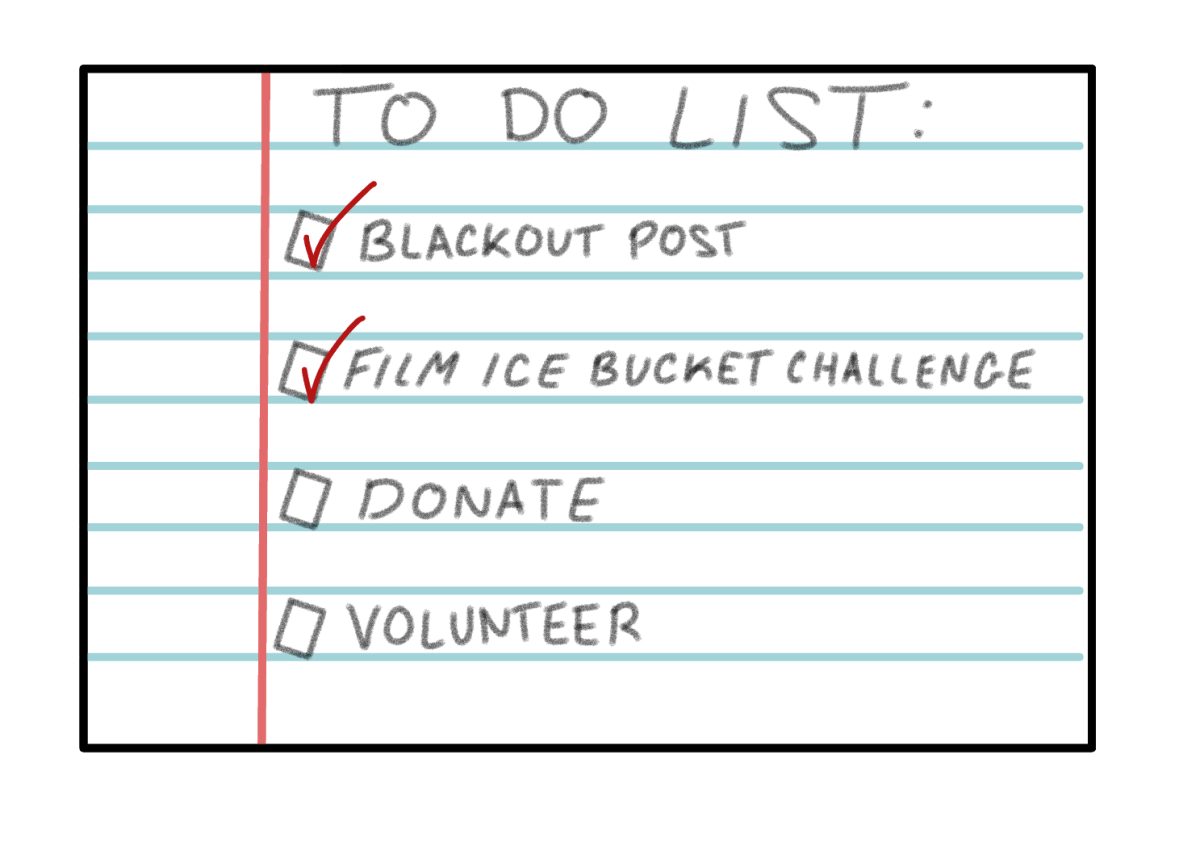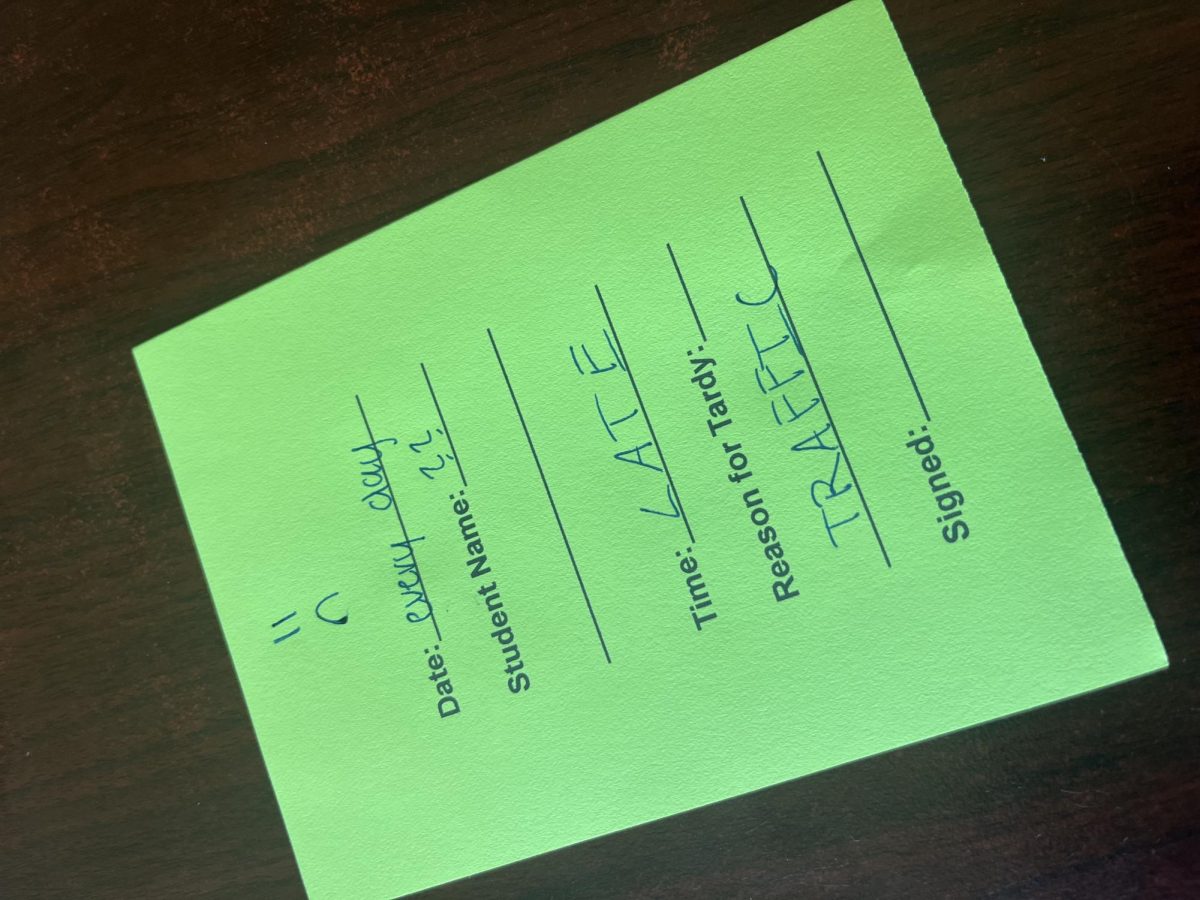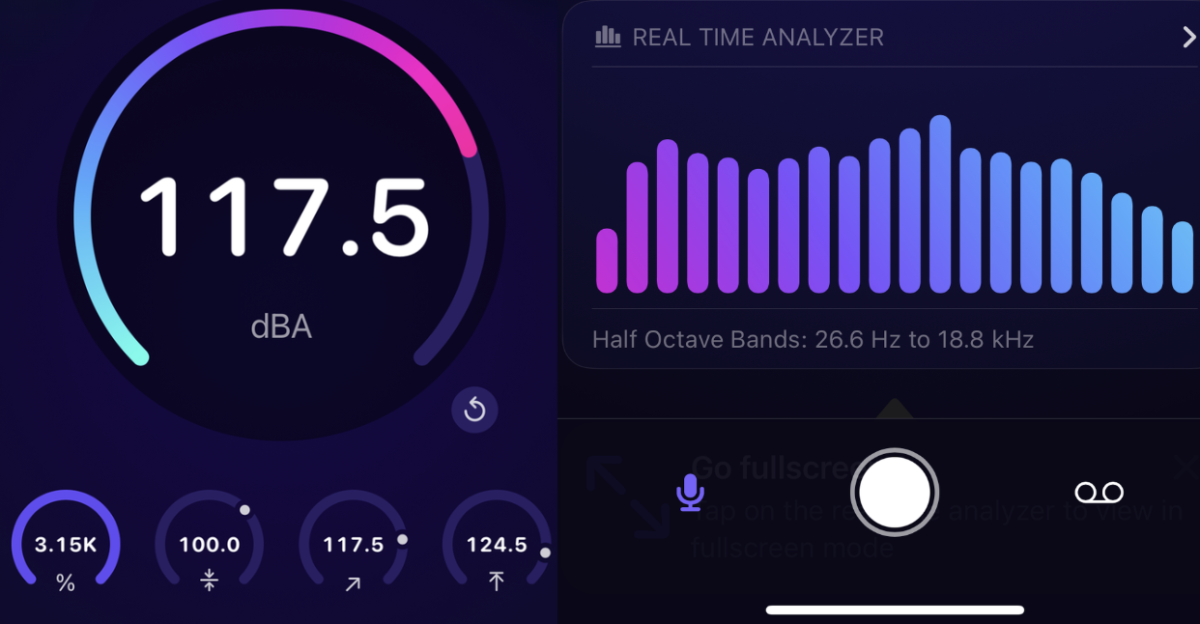In recent years, “performative activism” has become a growing phenomenon, particularly in the social media atmosphere, where issues gain more attention rapidly. Performative activism refers to gestures, acts or declarations that appear supportive of a cause but lack sincerity or meaningful action. The aim isn’t to create actual change but to appear aware or “woke”.
Performative activism can cause harm in many ways. Pretending to strive for real change isn’t just morally wrong—it can also create a false sense of progress. When public figures show shallow support, it gives the illusion that real change is happening when it’s not. After performing a small gesture, people may feel their job is done, when in reality, there’s much more they could do. This isn’t to say that showing support requires donating large sums of money or attending every protest, but it does mean doing more than just posting on social media. Performative activism also takes away the spotlight from the hard work of actual activists who dedicate themselves to achieving a goal that they are passionate about.
The most well-known example of performative activism was #BlackoutTuesday. This stemmed from the murder of George Floyd and the protests that came with it. Millions posted pictures of a black screen in support of the Black Lives Matter movement. While these posts may have been well-intentioned, the trend quickly went viral and lost its original meaning. If anything, they took attention away from the situation at hand. Similar to the hashtag, many celebrities posted vague things like “thoughts and prayers” or “sending love” after the event, something many people have done in response to other tragedies as well. These shapeless responses often do little to acknowledge the complexity of the issue or commit to change.

The main reason for performative activism is the eagerness to appear socially aware. In a time where social media is so accessible and prevalent in our society, likes, retweets or reposts can signify support for someone. Well-known figures, especially influencers, feel as though they need to align themselves with the causes that are the most popular at that time in order to keep up. Like celebrities, companies often do this to improve their public image and advertise to larger audiences, but avoid making groundbreaking changes.
The influence on movements is one of the main differences between genuine activism and performative activism. True activists go further than simply posting a picture or writing down a hashtag; they genuinely care and fight for a cause that they believe in the importance of. Activists who take time to pursue a serious issue actually want the reformation to work. Performative activists differ from authentic activists because it’s more about maintaining a persona. It involves superficial gestures that do not have real concern behind them.
While social media helps spread awareness, it also lets people display false concern. Real change doesn’t come from posts but from sustained action. Recognizing the difference between real and performative activism is the first step toward making that action meaningful.










